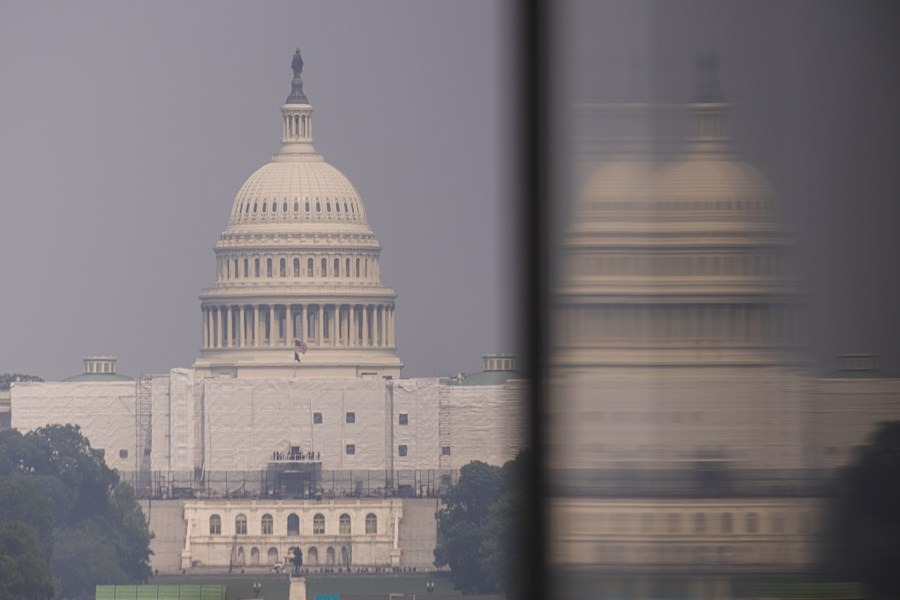Beacon of creativity
By Wang Kaihao | China Daily | Updated: 2018-03-20 07:30

Xu, an acclaimed oil painter, who has led the CAA since 2001, says the institution's creation of a complete academic system was a major achievement for the school.
Then, it was a breakthrough for a Chinese fine art school to introduce Western sculpture and set up a design school.
Xu also says that the CAA, which is also his alma mater, is the perfect place to launch a revival of Chinese traditional culture.
"Thanks to our affinity to the West Lake, many artistic styles developed here are deeply rooted in Chinese philosophy," says Xu, who half-jokingly refers himself as "a poet".
"When you reside by the lake, which has a rich history, you gradually develop feelings and you cannot help expressing them in poetic ways. That's why the academy has always been a major source of Chinese fine art."
The CAA has also been in the forefront of experimentation thanks to the West Lake influence.
Giving an example of this, he says that shortly after taking up the director's office, he established a school for animation, one of the earliest in Chinese fine art schools.
Also, every freshman was given a pair of writing brushes and a copy book to promote calligraphy.
One of his biggest gambles, Xu says, was to invite his friend Wang Shu to start an architecture department in 2007.
An architecture department had never been set up within a Chinese fine art school.
Wang's methodology is unconventional: He teaches students carpentry and even encourages them to write novels, claiming they inspire craftsmanship and creativity.
Recalling his gamble, Xu says: "I was under heavy pressure for supporting him.
"People could not understand his architecture at first. However, as consciousness for traditions developed, the criticism died down."
Wang won the Pritzker Prize in 2012, the first architect of Chinese nationality to win the world's top architecture award. And the Xiangshan Campus of the CAA, designed by Wang to recreate the atmosphere of the traditional Chinese countryside, is now a popular tourist destination in Hangzhou.
Reflecting on his experiences while leading the CAA, Xu says it is crucial that the academy remains a pathfinder.
The academy's history has been compiled into an encyclopedic work called China Academy of Art: A Journey of 90 Years, comprising 16 volumes. It was published earlier this month to mark the academy's 90th birthday.
Meanwhile, a commemorative exhibition, which offers a panoramic view of the development of the CAA is to be inaugurated at the National Art Museum of China in Beijing on March 25.
























